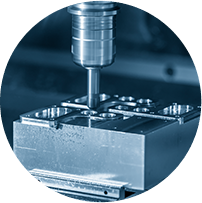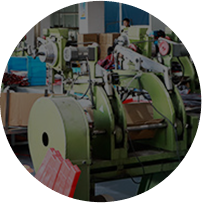Introduction to Reflective Vests: Enhancing Visibility and Safety in Work Environments
Reflective vests serve as critical personal protective equipment (PPE) designed to mitigate the risks associated with low visibility conditions in various occupational settings. These vests are engineered with materials that actively reflect light, making wearers conspicuous to others, particularly in dimly lit environments or during periods of reduced visibility such as dusk, dawn, or inclement weather conditions. The fundamental design of reflective vests typically involves high-visibility fluorescent materials, often in shades of orange, yellow, or lime green. These colors are chosen for their ability to stand out against most backgrounds and atmospheric conditions, ensuring wearers remain highly visible to motorists, machinery operators, and fellow workers. Complementing these fluorescent colors are strategically positioned reflective tapes or bands. These tapes are crafted from microprismatic or glass bead technology, engineered to bounce light back towards its source, effectively alerting drivers and equipment operators to the presence of individuals wearing these vests. Beyond their visual properties, modern reflective vests are engineered with comfort and functionality in mind. They are crafted from lightweight, breathable fabrics such as polyester mesh, which allows for adequate airflow, keeping workers cool and comfortable during prolonged use. The vests are designed to be adjustable to accommodate different body sizes and to facilitate ease of movement, ensuring they do not hinder tasks requiring agility or flexibility. Reflective vests find application across a spectrum of industries where worker safety hinges on visibility. Construction sites, roadworks, warehousing, and emergency response teams all rely on these vests to reduce the risk of accidents and enhance overall workplace safety.
Key Features and Design of Reflective Vests: Enhancing Visibility and Comfort
Reflective vests are meticulously designed to ensure maximum visibility and comfort in diverse work environments where safety is paramount. These vests are crafted from specialized materials and incorporate strategic features to optimize their effectiveness:
a)High-Visibility Materials: Reflective vests are typically constructed from fluorescent fabrics such as polyester or mesh. These materials are chosen for their bright colors, which enhance visibility during daylight hours. Colors like fluorescent yellow, orange, and lime green are preferred due to their ability to stand out against various backgrounds and atmospheric conditions.
b)Reflective Tape and Bands: Integral to the design of reflective vests are reflective tapes or bands strategically affixed to the vest's surface. These tapes utilize advanced reflective technologies, including microprismatic or glass bead patterns. Their purpose is to reflect incident light back towards its source, ensuring wearers remain highly visible even in low-light environments or when illuminated by vehicle headlights.
c)360-Degree Visibility: To maximize safety, reflective vests often feature reflective elements on multiple surfaces. This includes front and back panels, as well as bands encircling the torso and sometimes extending over the shoulders. This 360-degree coverage ensures visibility from all angles, minimizing blind spots and increasing awareness among coworkers and vehicle operators.
d)Comfort and Fit: Reflective vests are engineered for comfort to support prolonged wear in dynamic work settings. They are designed to be lightweight and breathable, allowing air circulation to prevent overheating. Ergonomic designs incorporate adjustable straps or elastic sides to accommodate various body sizes comfortably. This flexibility enables wearers to move freely without restriction, crucial for tasks requiring agility and range of motion.
e)Innovative Features: Advancements in reflective technology continue to drive innovation in vest design. Some vests incorporate additional safety features such as integrated LED lights for enhanced visibility, especially in low-light conditions. Others utilize smart fabrics that balance visibility with comfort, or sustainable materials to reduce environmental impact without compromising performance.
 3
3  4
4  5
5  6
6  1
1  2
2  3
3  4
4  5
5  6
6  1
1  2
2  3
3  4
4  5
5  6
6 

